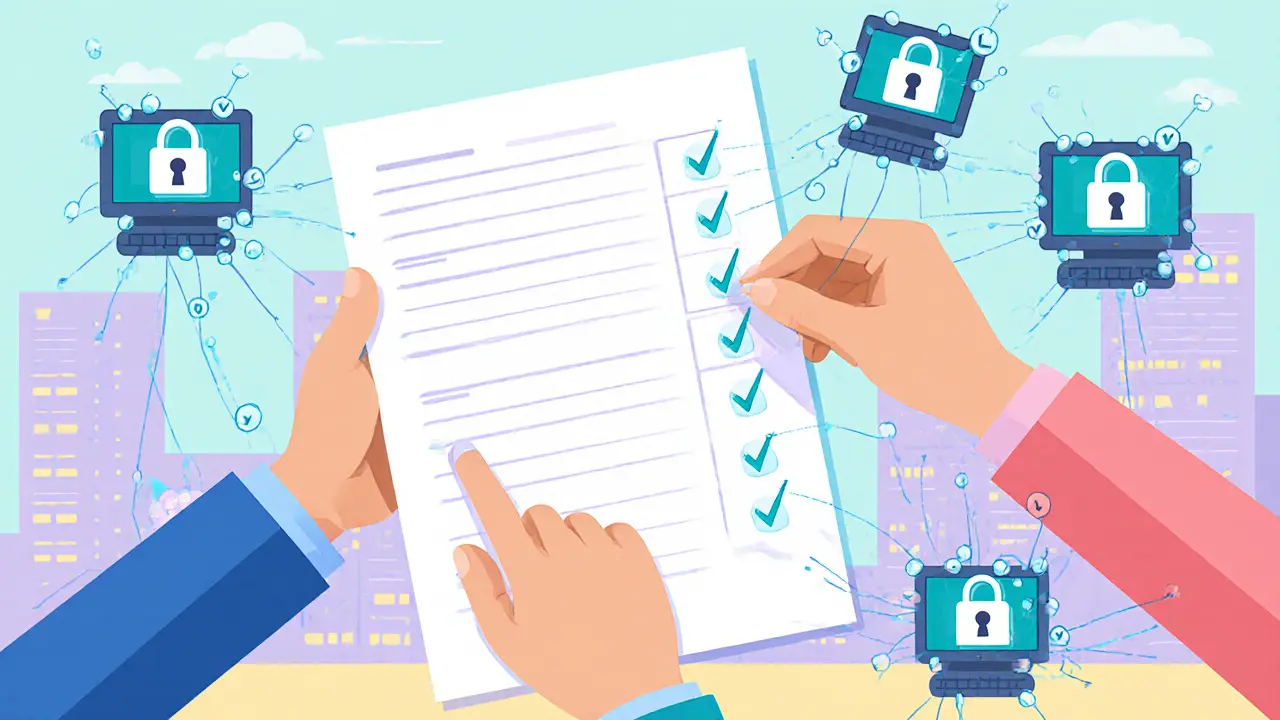When you hear Distributed Ledger Technology, a digital system that records transactions across multiple computers without a central authority. Also known as DLT, it enables transparent, immutable data sharing among participants, the first thing to know is that it isn’t just a buzzword—it’s the backbone of many modern finance tools. Distributed ledger technology encompasses blockchain, the most common DLT that links blocks of data in a chronological chain, smart contracts, self‑executing code that runs when predefined conditions are met and tokenization, the process of turning real‑world assets into digital tokens on a ledger. Together they form a trio that powers everything from DeFi yield farms to real‑estate fractional ownership. DLT requires a consensus mechanism—proof of work, proof of stake or newer hybrid models—to make sure every node agrees on the same history, and that agreement is what stops double‑spending or fraud. In plain terms, if you think of a ledger as a shared spreadsheet, consensus is the rule that says “everyone must sign off before a new row is added.” This simple idea fuels the security and trust that let projects like Firebird Finance on Polygon or ThunderSwap on BSC offer low‑fee swaps and high‑yield farms.
Understanding DLT means breaking it down into bite‑size parts. First, interoperability lets different blockchains talk to each other; protocols like IBC, LayerZero or CCIP are the bridges that move assets across networks without a middleman. Second, validator networks keep the chain alive by staking tokens and verifying transactions—think of them as the referees in a sports game, earning rewards for honest play. Third, token vesting schedules protect token value by releasing supply gradually, aligning developer incentives with investor confidence. Fourth, block time dictates how fast a transaction confirms; Bitcoin’s ten‑minute block time offers security, while Layer‑2 solutions like Lightning push confirmations to near‑instant. Finally, real‑world use cases such as blockchain‑based real‑estate deals or DePIN projects (decentralized physical infrastructure) show DLT moving beyond pure finance into areas like telecom, energy and logistics. Each of these concepts links back to the core idea: a decentralized, tamper‑proof record that anyone can verify.
The collection of articles below pulls together reviews of DLT‑powered platforms, deep dives into regulation, and step‑by‑step guides that let you apply these ideas today. Whether you’re hunting for the next airdrop, comparing DEX fees, or figuring out how a smart contract can automate a rental agreement, you’ll find practical insights that cut through the hype. Dive in and see how distributed ledger technology shapes the tools you use, the markets you trade, and the future projects you might build.

DLT is not blockchain - it's the broader technology behind secure, decentralized data sharing. Learn how distributed ledgers work without crypto, tokens, or chains, and how real organizations use them today.

Learn how blockchain banking services work, their key use cases like smart contracts and cross‑border payments, benefits over legacy systems, and real‑world implementations.